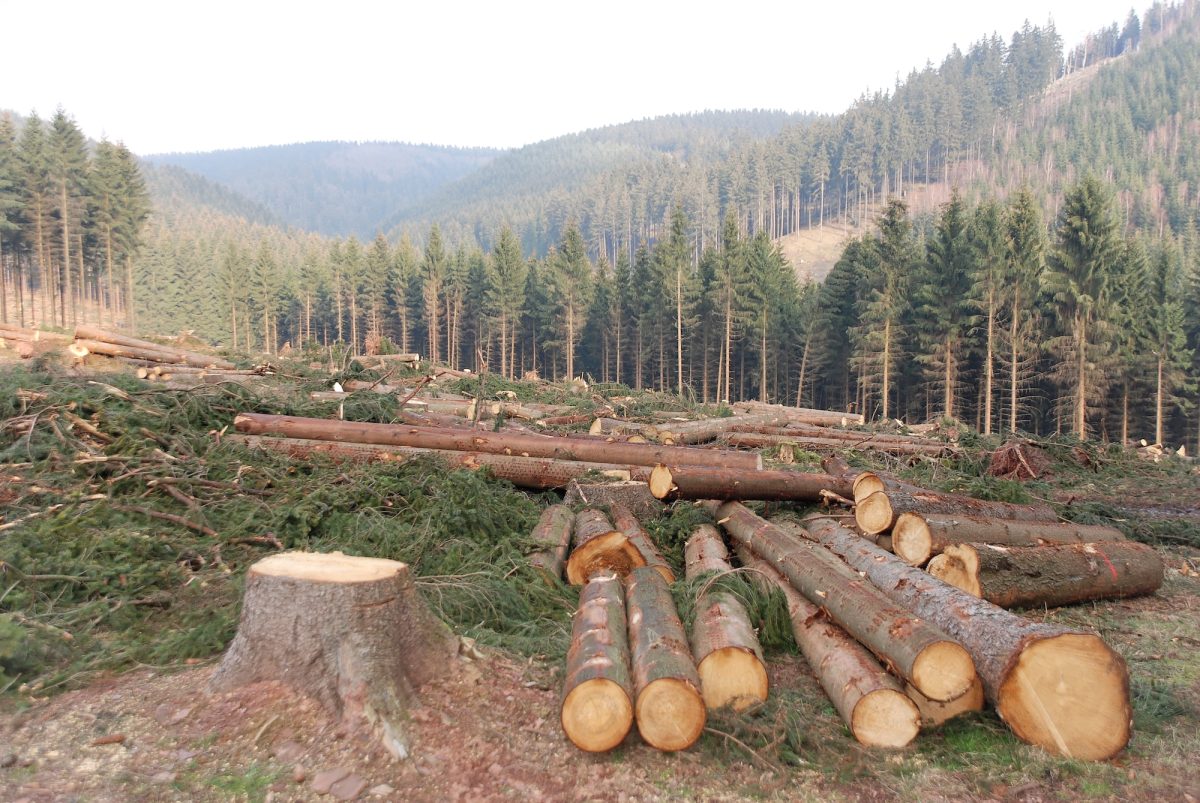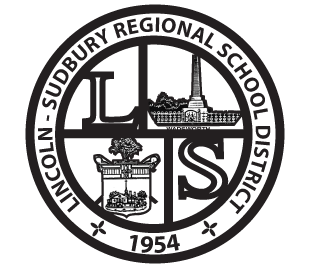On March 1st, 2025, President Donald J. Trump signed the “Immediate Expansion of American Timber Production,” an executive order attempting to increase lumber supplies, boost domestic timber production, and ultimately expand the American economy. However, this rapid uprise in forest logging, presumably without sustainable parameters, could have bad consequences on wildlife, ecosystems, and climate stability of the U.S.
Here’s the breakdown of the order’s climate impact:
First and foremost, a direct effect would be increased deforestation rates and environmental degradation. In a positive feedback loop, the most immediate consequences of increasing timber production would be a surge in deforestation, according to the US forest service.
Deforestation is typically one of the largest consequences of heightened timber production. In just a single year, the U.S. loses around 6 million acres of land due to logging. As the “Immediate Expansion of American Timber Production,” proposes the expansion of logging without outlining the enforcement of clear environmental limitations, the negative environmental effects seem imminent. Deforestation could not only be a consequence of this executive order, but is likely to have a broader negative impact on local homes and wildlife.
Forests are more important than this executive order cuts them down to be:
Forests have a crucial role in regulating Earth’s climate, as trees take in carbon dioxide from the atmosphere and release oxygen. So, what happens to the air we breathe when trees are cut down? As deforestation rates rise, the amount carbon dioxide absorbed lowers, contributing to warming global temperatures. Increasing timber production void of sustainable practices not only causes deforestation, but subsequent climate change, which could in turn lead to unstable, unfortunate weather patterns.
Although the possible consequences of this executive order seem daunting, there are still opportunities for you to make a positive difference. Planting a tree, using less paper, recycling, and exploring plant-based food options are just some easy ways to take steps toward a safer environment for trees, wildlife, and humans alike.
To learn more about the “Immediate Expansion of American Timber Production” executive order, visit:
Environmental Protection Agency (EPA). “Sources of Greenhouse Gas Emissions.” EPA.gov, https://www.epa.gov/ghgemissions/sources-greenhouse-gas-emissions. Accessed [Date].
United States Forest Service (USFS). “Forest Facts.” USFS.gov, https://www.fs.usda.gov. Accessed [Date].
World Wildlife Fund (WWF). “Deforestation and Forest Degradation.” WWF.org, https://www.worldwildlife.org/threats/deforestation. Accessed [Date].





